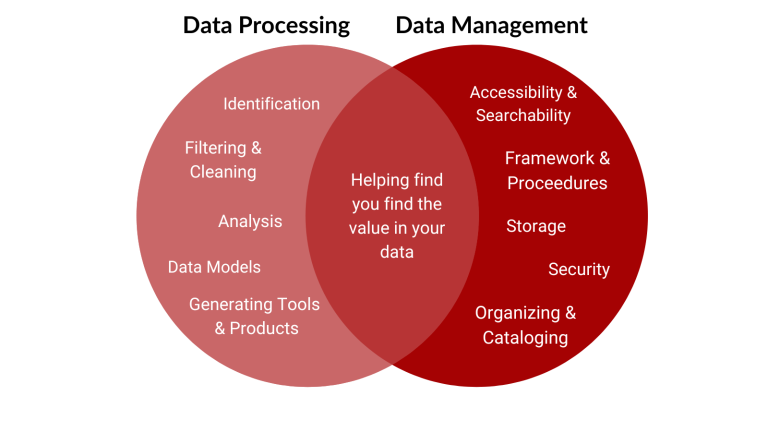
GNO-SYS guide to a seamless sensor integration
GNO-SYS guide to a seamless sensor integration Recently we had the privilege of supporting IO Aerospace in the integration of sensor technology on their newly transformed IO Special Missions Platform. With our expertise in sensors, we were brought in to support the installation and ensure a smooth integration process. However,




